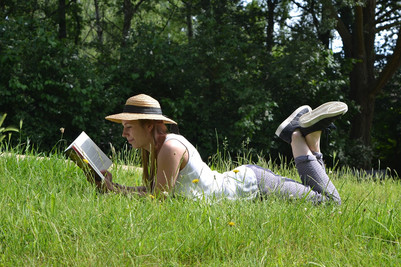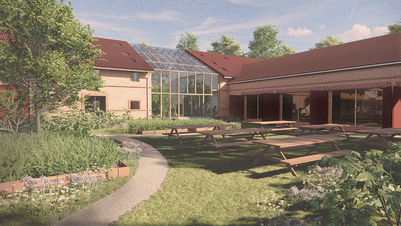
Coronablog on the Periphery | Kirsten Marie Raahauge

CORONABLOG ON THE PERIPHERY VII:
THE MOEBIUS BAND
During the days of corona, it seems as if the splitting of space into central and peripheral is turning and twisting; one cannot be sure, whether the peripheral is becoming central, or maybe even more peripheral than before.
Concerning the habits and customs of social life, imaginaries about what you could do or should do, and ideas about flows, hubs and zones of people, objects, and virtual streams, what used to be central has become peripheral, and vice versa. Also, spatial configurations are in transit, with the closing of the borders, the shutting down of many of the parts of society, the airplanes on the ground and the directions not to leave home without a legitimate cause, to keep distance, to gather in small groups only etc. etc., new spatial habits are emerging, and also maybe new ways of imagining space.
This might be a change that happens in these days of corona only, or maybe it has consequences also after the exception period. In the days of corona, you seem to be gazing at the surroundings in a slightly defocused way; it is difficult to re-focus, and it seems as if the image is in double exposure, still this duality is inherent in the concepts of center and periphery.
The zones perceived as periphery on a general scale often perform as centers on locally, and the areas that are understood as centers have peripheral layers folded into them. Centre and periphery fold in and out of each other in often unforeseen ways, like a Möbius band that turns and twists, now it becomes a center, now periphery. Periphery has got the relative quality of being dependent on what perspective it is seen from, the notion covers something dependent on something else and something that encompasses something else, the center.
Algirdas Julien Greimas writes about this relativity in Towards a Topological Semiotics (1990):
we note first of all that any place can be apprehended only if it is situated in relation to another place that it can be defined only by what it is not. This first disjunction can be either indefinite and appear as:
here vs. elsewhere
Or take on specific contours such as:
enclosed vs. enclosing
It really does not matter what form it takes; the appropriation of a topics is possible only if a heterotopics is postulated (Greimas 1990:65).
For a place to be understood as peripheral, a here, it is defined by what it is not, a center, or a elsewhere – and vice versa. But there is more to it than that: a center is dotted with peripheral zones, just like peripheries have centers within them. Also, the centrality or peripherality is a matter of the position of the one who defines it.
Most of all, it seems as if the return of the local is an important element in the interplay of center and periphery, thus, what has been turned into center might be changing in the times of the corona, maybe giving way for a third positioning, namely of the local as a third kind of place, giving another twist to the moebius band.
Greimas, Algirdas Julien 1990 Towards a Topological Semiotics, pp65-81in The Social Sciences. A Semiotic View. Minneapolis. University of Minnesota Press.















